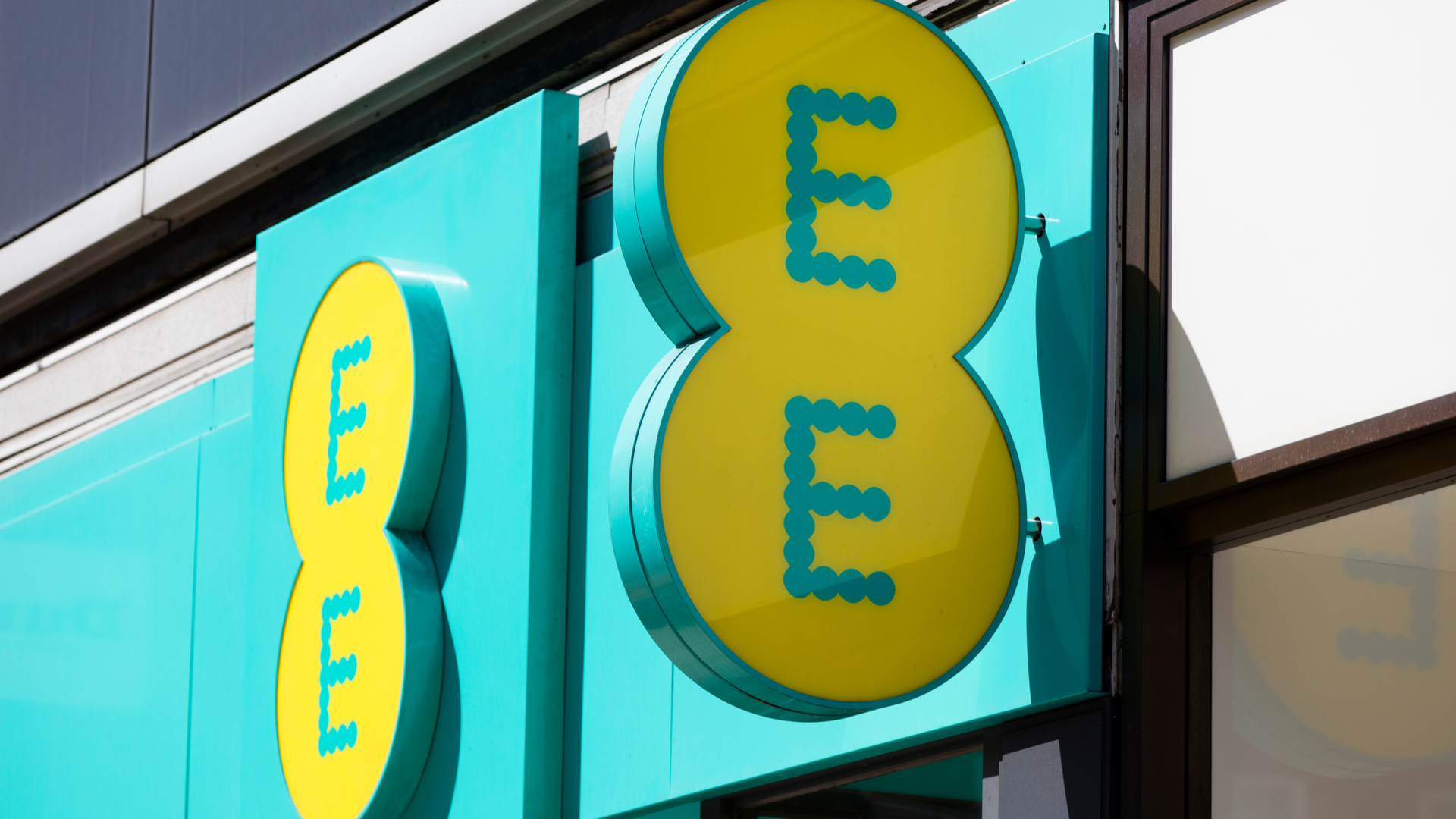EE becomes first UK telco to confirm 3G retirement plans
The mobile operator will sunset 3G services in 2023 in order to focus on expanding the coverage of its 5G services


EE has become the first UK mobile operator to set a date for the retirement of its 3G services, with customers set to be phased off the third-generation mobile technology by 2023.
The move will also affect clients of other BT subsidiaries such as BT Mobile and Plusnet, the company’s CEO Marc Allera announced at a press conference on Wednesday morning.
EE's announcement of its 3G retirement plans comes amid low demand for the connectivity, with 3G representing less than 2% of data traffic over its EE network, according to BT, which said that the spectrum will be repurposed to enhance 5G capacity. In 2018, a large chunk of EE’s 3G spectrum was used to lay the foundations of the operator’s 5G services, which were launched the following year.
The sunsetting of 3G services will also allow BT to focus on developing opportunities such as Open Radio Access Network (RAN).
Allera told reporters that as the company welcomes “the 5G age”, it will also “say goodbye to our legacy networks”. The phasing out of the third-generation mobile technology will begin in early 2023, with a phased transition to take place over the span of a few months, while the retirement of EE’s 25-year old 2G network will to “follow later in the decade”.
“We've already been working with some of our enterprise customers, and will communicate our plans to the remaining customer base over the coming months,” Allera said.
“By sunsetting these networks, we reduce the complexity of our overall network. We're going to free up resources, and we can reuse valuable spectrum for 5G and 4G. This will allow our customers to benefit from the more efficient and optimal data capabilities on newer networks,” he added.
Get the ITPro daily newsletter
Sign up today and you will receive a free copy of our Future Focus 2025 report - the leading guidance on AI, cybersecurity and other IT challenges as per 700+ senior executives
Following the retirement of 2G and 3G, EE will shift its focus onto expanding the coverage of its 5G services across the country.
RELATED RESOURCE

“By 2028, EE’s macro 5G network will cover more than 90% of the UK landmass, and anything beyond that reach will be supported by requestable, on demand 5G solutions,” Allera said.
This will be achieved through “more extensive” usage of BT’s 800MHz spectrum on the company’s existing 20,000 sites, as well as through the development of “some new sites”, he added.
The 5G expansion will also aim to “deliver better indoor and wider rural 5G coverage, giving great data speeds in hard-to-reach places”.
Allera’s announcement comes two weeks after BT signed a Memorandum of Understanding with OneWeb with the aim to explore solutions to improve digital communication services in rural parts of the UK.
Having only graduated from City University in 2019, Sabina has already demonstrated her abilities as a keen writer and effective journalist. Currently a content writer for Drapers, Sabina spent a number of years writing for ITPro, specialising in networking and telecommunications, as well as charting the efforts of technology companies to improve their inclusion and diversity strategies, a topic close to her heart.
Sabina has also held a number of editorial roles at Harper's Bazaar, Cube Collective, and HighClouds.
-
 Bigger salaries, more burnout: Is the CISO role in crisis?
Bigger salaries, more burnout: Is the CISO role in crisis?In-depth CISOs are more stressed than ever before – but why is this and what can be done?
By Kate O'Flaherty Published
-
 Cheap cyber crime kits can be bought on the dark web for less than $25
Cheap cyber crime kits can be bought on the dark web for less than $25News Research from NordVPN shows phishing kits are now widely available on the dark web and via messaging apps like Telegram, and are often selling for less than $25.
By Emma Woollacott Published